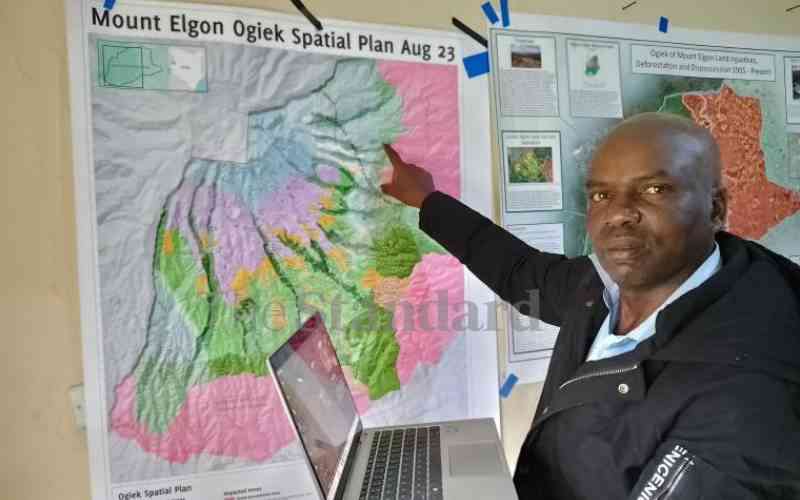×
The Standard e-Paper
Home To Bold Columnists

One of Kenya's indigenous communities, the Ogiek, who settled in the country about 1,000 years ago, has tapped into technology to help preserve their culture and heritage on the verge of extinction.
The natives of the slopes of Mount Elgon that traverse the counties of Bungoma and Trans Nzoia are using a mobile application, Mapeo, that among other things, documents their traditional homeland with the key aim of preserving it against the rising exploration that is sweeping heritage sites dry.